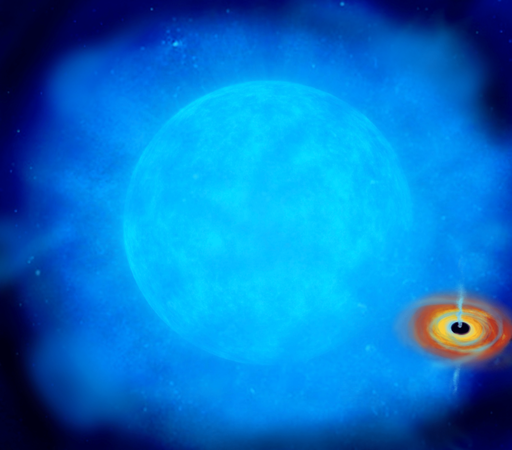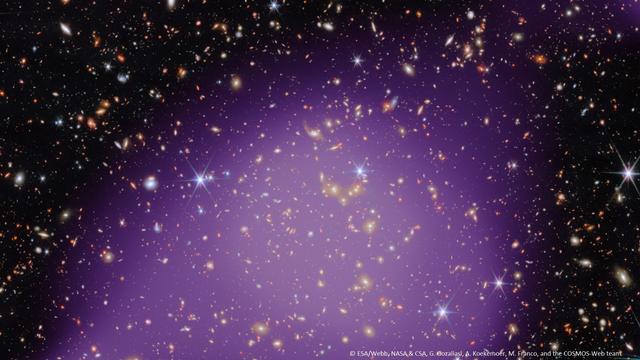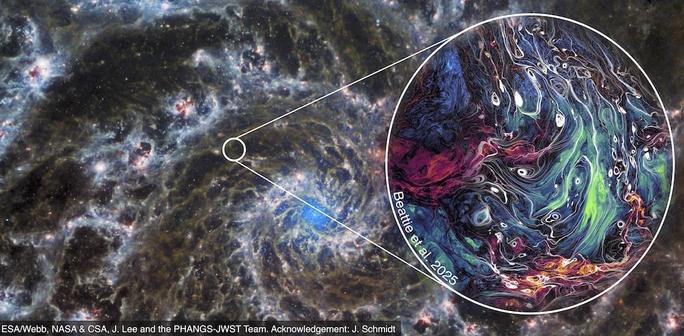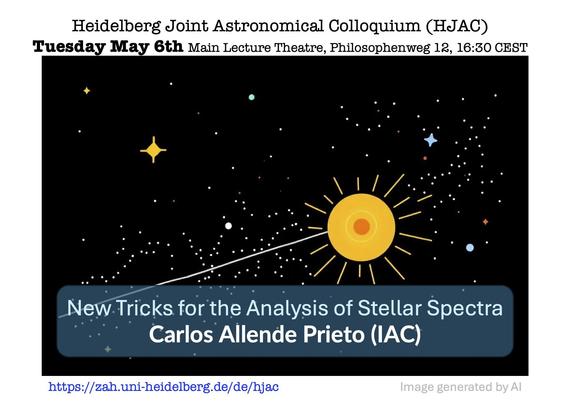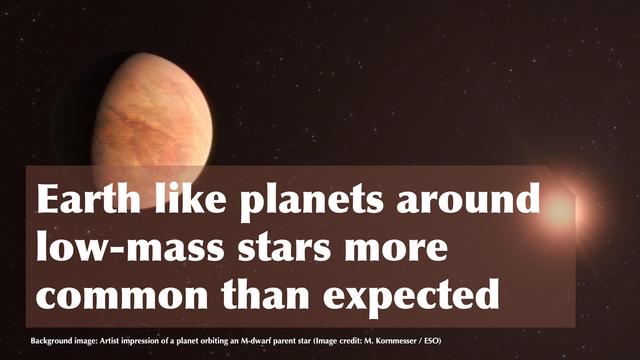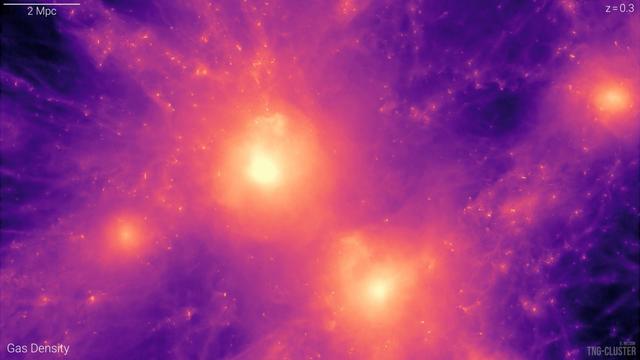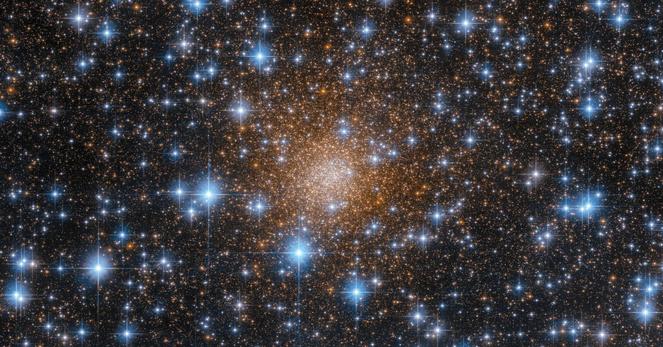Congratulations to Professor Michela Mapelli! She has received an ERC Advanced Grant for her project "IMBLACK: Intermediate-Mass Black Holes in the Era of Gravitational-Wave Astronomy" awarded by the European Research Council. IMBLACK aims to study the formation of intermediate-mass black holes with a mass ranging from 100 to 10.000 times the mass of our Sun. See https://zah.uni-heidelberg.de/news/detail/michela-mapelli-structures-professor-of-computational-physics-receives-erc-advanced-grant #science #astrophysics #blackholes #Heidelberg
Zentrum für Astronomie der Universität Heidelberg (ZAH) - Center for Astronomy of Heidelberg University (ZAH) @uniheidelberg #zah_hd
The findings of a team of astronomers lead by Varsha Ramachandran @zah_unihd reshape our understanding of this iconic cosmic duo. Both the black hole and its companion star are significantly lighter than previously thought. See https://zah.uni-heidelberg.de/news/detail/cygnus-x-1-lighter-black-hole-richer-in-heavy-elements #astrophysics #Heidelberg #blackholes
Daten des James Webb Space Telescope enthüllen frühe Strukturen im Universum – Heidelberger Astrophysiker erstellt in internationaler Zusammenarbeit bislang „tiefsten“ Katalog von Galaxiengruppen
https://www.uni-heidelberg.de/de/newsroom/daten-des-james-webb-space-telescope-enthuellen-fruehe-strukturen-im-universum
__________
Data from the James Webb Space Telescope Reveals Early Structures in the Universe – Heidelberg astrophysicist creates the “deepest” catalog of galaxy groups to date through international collaboration
https://www.uni-heidelberg.de/en/newsroom/data-from-the-james-webb-space-telescope-reveals-early-structures-in-the-universe
#universität #heidelberg #uniheidelberg #astrophysik #galaxien #jameswebbspacetelescope
The hidden patterns of cosmic #turbulence were unveiled in a groundbreaking study mapping the magnetic disorder of the Interstellar Medium (ISM), now published @NatureAstronomy. The international team of researchers, including Ralf Klessen https://klessen.org @zah_unihd, explicitly observed that magnetic fields alter the way energy cascades through the ISM, which offers new key insights into the formation of stars. See https://zah.uni-heidelberg.de/news/detail/hidden-patterns-of-cosmic-turbulence-unveiled #astrophysics #Heidelberg #starformation
Interested in "New Tricks for the Analysis of Stellar Spectra"? Then you might want to follow the presentation by Carlos Allende Prieto from the Instituto de Astrofísica de Canarias tomorrow, May 6, 4:30 p.m. See https://zah.uni-heidelberg.de/hjac for more details and online participation in the Heidelberg Joint Astronomy Colloquium (#HJAC) @uniheidelberg.
Weekly Update from the Open Journal of Astrophysics – 26/04/2025
It’s Satuday morning once again, and time for another update of papers published at the Open Journal of Astrophysics. Since the last update we have published two papers, which brings the number in Volume 8 (2025) up to 44 and the total so far published by OJAp up to 279.
The first paper to report is “Approximating non-Gaussian Bayesian partitions with normalising flows: statistics, inference and application to cosmology” by Tobias Röspel, Adrian Schlosser & Björn Malte Schäfer (Universität Heidelberg, Germany) which was published on April 23rd 2025 in the folder Cosmology and NonGalactic Astrophysics. It is an introduction to normalizing flows – a machine learning technique for transforming distributions – and its application to the extraction of cosmological parameters from supernova data.
The overlay is here:
You can find the officially accepted version on arXiv here.
The other paper this week is “Dwarf Galaxies in the TNG50 Field: connecting their Star-formation Rates with their Environments” by Joy Bhattacharyya & Annika H.G. Peter (Ohio State University, USA) and Alexie Leauthaud (UC Santa Cruz, USA). This one was published on 24th April 2025 in the older Astrophysics of Galaxies and it studies dwarf galaxies with properties similar to the Large and Small Magellanic Clouds that form in different environments in the TNG50 simulation of the IllustrisTNG project.
The overlay is here:
and you can find the final accepted version on arXiv here.
That’s all for this week. I’ll have another update next Saturday.
#arXiv250101946v2 #arXiv250104791v3 #AstrophysicsOfGalaxies #Cosmology #CosmologyAndNonGalacticAstrophysics #DiamondOpenAccess #dwarfGalaxies #Illustris #MachineLearning #normalizingFlows #OpenJournalOfAstrophysics #TheOpenJournalOfAstrophysics
A new study by astronomers @zah_unihd and the #CARMENES project https://carmenes.caha.es/ shows that very low-mass stars with less than a sixth of the mass of the Sun are particularly likely to host #earthlikeplanets. On average, there are about two per star, which could significantly increase the chances of finding life-friendly worlds in our cosmic neighborhood. The results have now been published in Astronomy & Astrophysics https://www.aanda.org/. #astrophysics #Heidelberg #earthlikeplanets
A breathtaking dive into the formation of galaxy clusters is now possible with #TNGCluster https://www.tng-project.org/cluster/, a new addition to #IllustrisTNG https://www.tng-project.org/. The unique set of simulation data is provided by researchers @zah_unihd and MPIA https://www.mpia.de/de and simulates the evolution of these most massive structures of the universe. As of today, access to the synthetic universe with hundreds of terabytes of data is public at https://www.tng-project.org/data/. #astrophysics #Heidelberg
The first stars in the universe are exceptional. A new podcast "Reviewing the formation of the universe's first stars", recently published on Scipod at https://www.scipod.global/prof-dr-ralf-klessen-reviewing-the-formation-of-the-universes-first-stars gives a concise overview of the astrophysics of their formation and their influence on the evolution of the universe. This podcast is based on a review article https://www.annualreviews.org/content/journals/10.1146/annurev-astro-071221-053453 by Heidelberg scientists Ralf Klessen and Simon Glover @zah_unihd. #firststars #astrophysics #universe #Heidelberg

